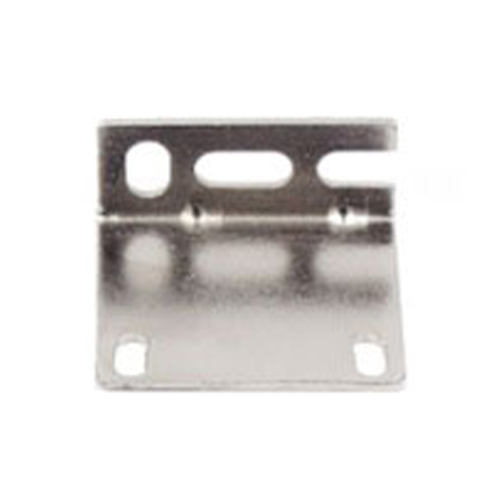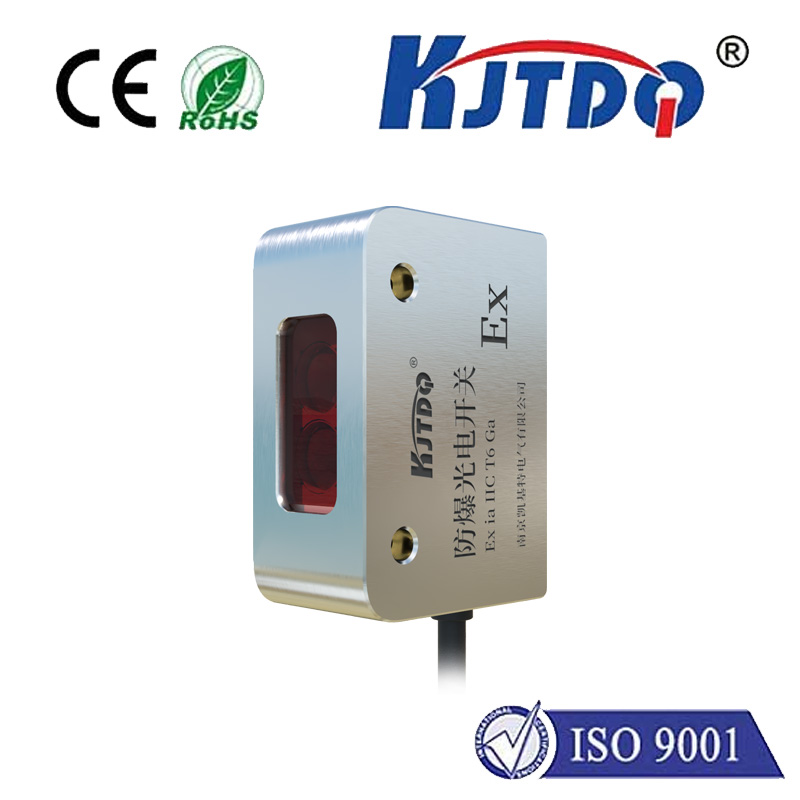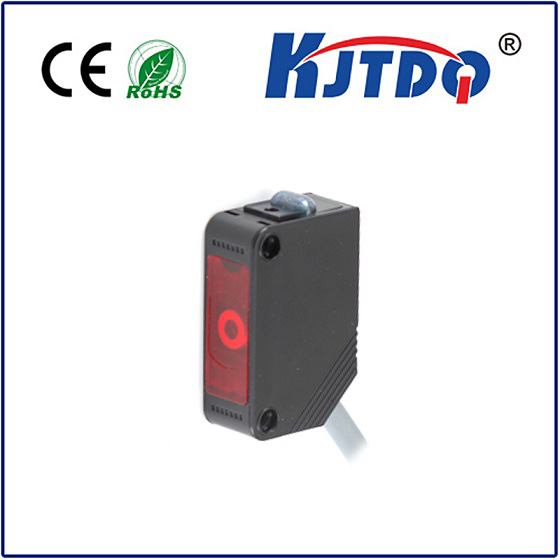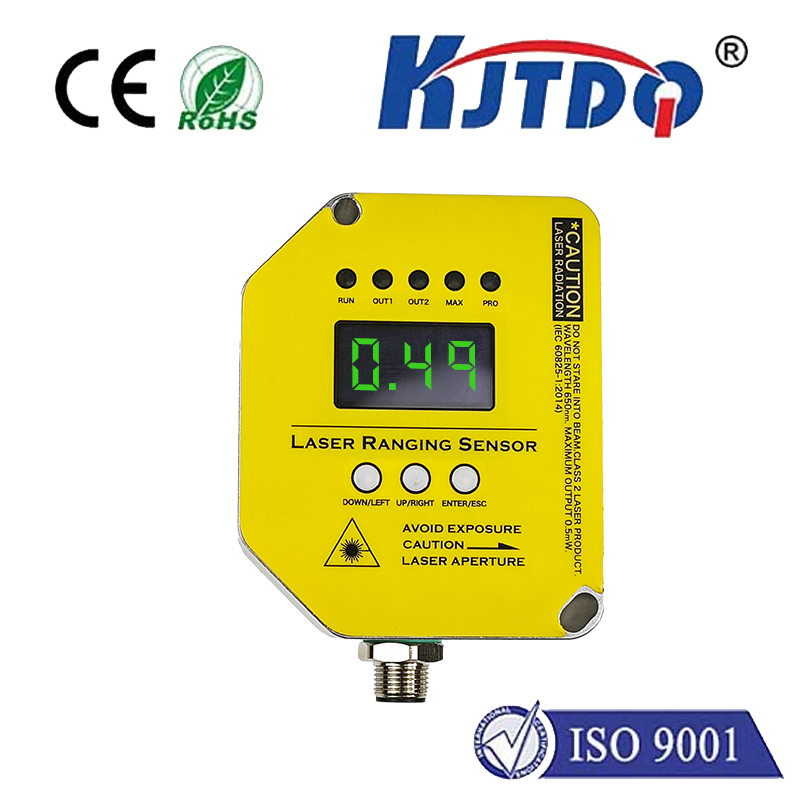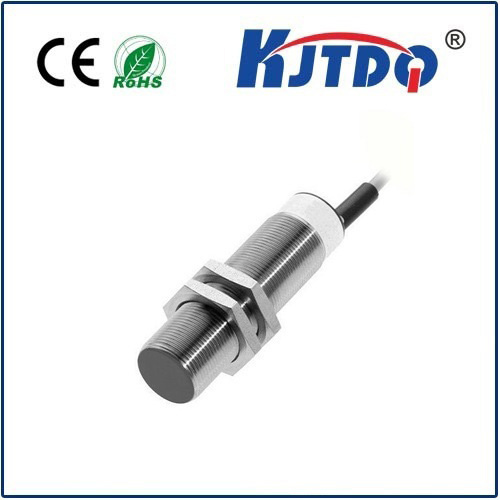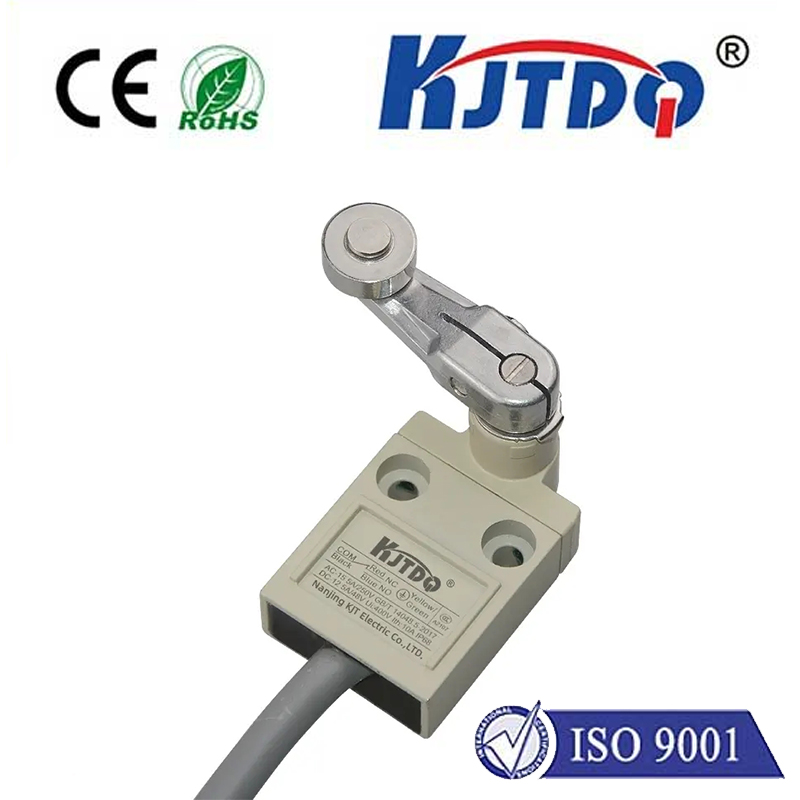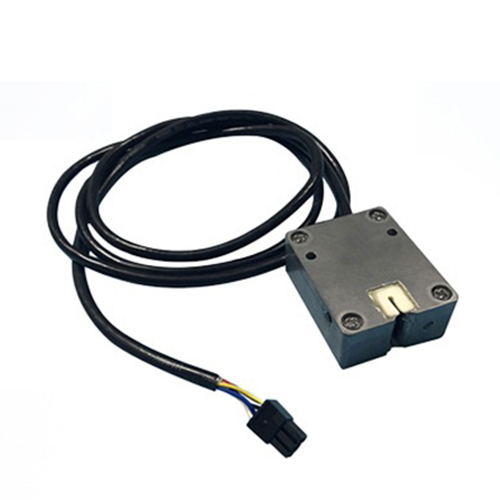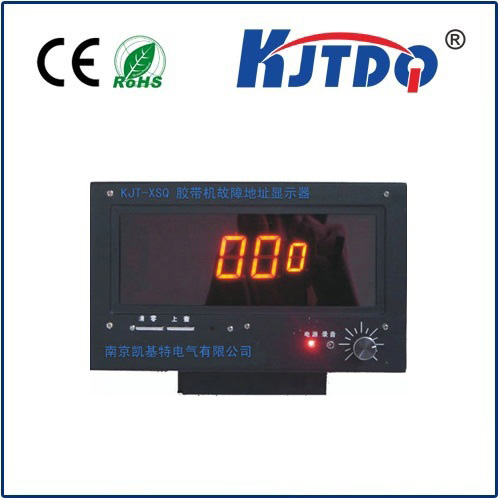Magnetic Inductive Proximity Sensors: Revolutionizing Automation and Safety In the world of industrial automation and safety systems, precision and reliability are paramount. One technology that has consistently delivered on both fronts is the Магнитно - индукционный датчик приближения. These sensors have become indispensable in various industries, from manufacturing to automotive, due to their ability to detect metallic objects without physical contact. But what exactly makes them so effective, and how do they work? Let’s dive into the fascinating world of magnetic inductive proximity sensors and explore their applications, benefits, and future potential.
А.Магнитно - индукционный датчик приближения is a type of non-contact sensor that detects the presence of metallic objects by generating an electromagnetic field. When a metal object enters this field, it induces eddy currents, which alter the sensor’s electromagnetic properties. This change is then detected and converted into an electrical signal, triggering a response in the connected system. Unlike traditional mechanical switches, these sensors operate without physical contact, reducing wear and tear and ensuring a longer lifespan. They are particularly effective in harsh environments where dust, moisture, or vibrations might compromise other types of sensors.
The operation of a Магнитно - индукционный датчик приближения can be broken down into three key steps:
Electromagnetic Field Generation: The sensor contains a coil that generates a high-frequency electromagnetic field when energized. This field extends outward from the sensor’s face and is the primary means of detecting nearby metallic objects.
Eddy Current Induction: When a metallic object enters this field, it disrupts the electromagnetic flux, inducing eddy currents within the metal. These currents create their own opposing magnetic field, which interacts with the sensor’s original field.
Signal Detection and Output: The sensor’s internal circuitry detects the changes in the electromagnetic field caused by the eddy currents. This information is processed, and an output signal is generated, which can be used to trigger alarms, stop machinery, or perform other actions. This process is highly reliable and can detect even small metallic objects with remarkable precision.
The popularity of magnetic inductive proximity sensors stems from their numerous advantages, including:
Non-Contact Operation: Since these sensors do not require physical contact with the object being detected, they are ideal for applications where wear and tear are a concern.

Высокая долговечность: Designed to withstand harsh industrial environments, these sensors are resistant to dust, moisture, and vibrations.
Fast Response Time: They provide near-instantaneous detection, making them suitable for high-speed automation processes.
Long Lifespan: With no moving parts, these sensors have a significantly longer operational life compared to mechanical switches.
Многогранный.: They can detect a wide range of metallic objects, including steel, aluminum, and copper.
Magnetic inductive proximity sensors are widely used across various industries due to their reliability and versatility. Some of the most common applications include:
In manufacturing plants, these sensors are used to monitor the position of machine parts, detect the presence of metal components on conveyor belts, and ensure the proper alignment of tools. Their fast response time and durability make them ideal for high-speed production lines.
Automotive manufacturers rely on magnetic inductive proximity sensors for tasks such as monitoring the position of pistons, detecting the presence of metal in engines, and ensuring the proper functioning of braking systems. Their ability to operate in high-vibration environments makes them particularly well-suited for this industry.
In robotics, these sensors are used to detect the proximity of metallic objects, enabling robots to perform precise movements and avoid collisions. They are also used in robotic grippers to detect the presence of metal parts.
These sensors play a critical role in safety systems, such as those used in elevators, escalators, and industrial machinery. They can detect the presence of metal in restricted areas, triggering alarms or shutting down equipment to prevent accidents.
In packaging and material handling applications, magnetic inductive proximity sensors are used to detect metal components, monitor the position of conveyor belts, and ensure the proper functioning of sorting systems.
As technology continues to evolve, magnetic inductive proximity sensors are also undergoing advancements. Some of the key trends shaping the future of these sensors include:
Miniaturization: Sensors are becoming smaller and more compact, allowing them to be integrated into increasingly complex systems.
Enhanced Sensitivity: Advances in sensor design are improving their ability to detect smaller and more diverse metallic objects.
Smart Sensors: The integration of IoT (Internet of Things) technology is enabling sensors to communicate with other devices, providing real-time data and analytics.
Energy Efficiency: Newer models are designed to consume less power, making them more environmentally friendly and cost-effective.
When selecting a Магнитно - индукционный датчик приближения, it’s important to consider factors such as the type of metal being detected, the operating environment, and the required sensing range. Consulting with a knowledgeable supplier can help ensure that you choose a sensor that meets your specific requirements. In conclusion, magnetic inductive proximity sensors have revolutionized the way industries approach automation, safety, and efficiency. Their non-contact operation, durability, and versatility make them an essential component in modern industrial systems. As technology continues to advance, these sensors are poised to play an even greater role in shaping the future of automation.
